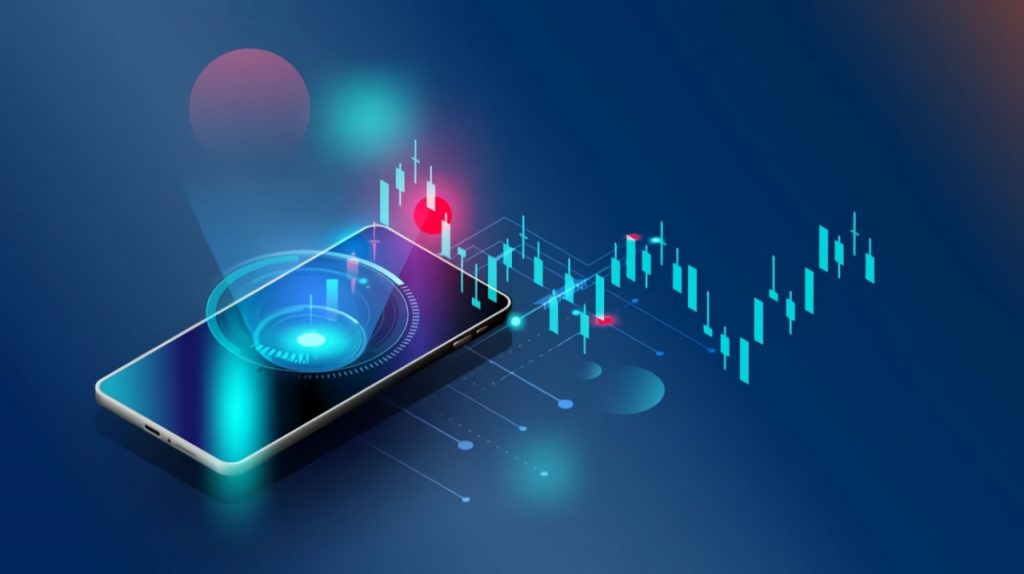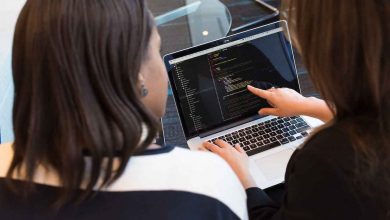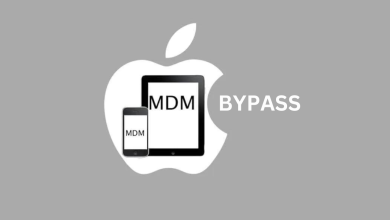Trading has become a popular way of making money, and futures trading is no different. Futures contracts are a type of derivative instrument that allows traders to speculate on the future value of an underlying asset. The contracts are traded on organized exchanges, such as the Chicago Mercantile Exchange (CME) or Intercontinental Exchange (ICE), where buyers and sellers come together to agree on a mutually beneficial price. If you are new to futures trading, there are a few basics you should be aware of.
Contents
What is a Futures Contract?
A futures contract is an agreement between a buyer and seller to purchase or sell an underlying asset at a fixed cost on a specific date in the future. The buyer of the contract has essentially bought the right to buy the underlying asset at that set price, while the seller has sold the right to do so.
It is essential to know that futures contracts are highly leveraged, and traders rarely take physical possession of the underlying asset. Instead, they settle their obligations through an exchange-approved cash settlement process. Jump Start Trading can help you understand the basics of futures trading and introduce you to this highly profitable investment opportunity. Your first step is to understand the different types of futures contracts.
Some of the most popular assets traded on futures exchanges include commodities such as crude oil, gold, and wheat; stock index futures; currency pairs; and interest rate contracts.
Margin and Margin Requirements
When trading futures, traders must have enough money in their accounts (called margin) to cover the maximum potential loss they could incur on any trade. This is known as a margin requirement and varies depending on the exchange and the asset being traded. Generally speaking, more volatile assets such as crude oil require higher margins than less volatile ones such as gold.
Because of the leverage in futures trading, traders must understand how margin requirements work and adhere to them closely. They risk suffering significant losses on their trades due to sudden market movements if they do not.
How to Trade Futures
You can trade futures through a broker or directly on a futures exchange. Brokers offer various services, such as margin loans and access to research tools that can make trading easier, but they also charge commissions and fees.
For those who want to trade directly on an exchange, you must first open an account with the exchange itself. You will then be required to put down a deposit to cover the margin requirement for the contracts you wish to trade. Once your account is established, you can begin trading futures immediately.
It’s important to remember that trading futures carry a high degree of risk and can result in significant losses if not done correctly. Before diving into futures trading, it’s essential to understand the basics and get comfortable with the risks involved. With the right knowledge and strategy, futures trading can be a great way to diversify your portfolio and potentially generate profits.
Determining Profit and Loss
When trading futures, it is crucial to understand how profits and losses are calculated. Generally speaking, profits or losses from a futures contract are determined by the difference between the price you paid for the contract and the price you received when you sold it.
For example, if you buy a crude oil futures contract at $50 per barrel and sell it at $60 per barrel, you would have a realized profit of $10 per barrel. On the other hand, if you sell that same contract at $40 per barrel, you would have a realized loss of $10 per barrel.
The key to making money in futures is understanding how the market behaves and knowing when to enter or exit a position. This requires patience and dedication, but you can potentially make profitable trades with the right strategy and risk management plan.
Using Your Futures Portfolio
Once you’ve established your futures portfolio, you can use it to diversify your investments. This means that you can spread your money out across different markets and assets rather than putting all of your money into one stock or commodity.
It allows you to take advantage of the price movements in multiple markets without investing large amounts of money in each. It also provides a hedge against market downturns, as some assets will go up when others go down.
Finally, you can use futures contracts to speculate on future price movements and potential profits. This is done by taking “long” or “short” positions based on your expectations for the asset’s price. For example, if you think the price of crude oil will go up, you could take a long position by buying a futures contract. If the price increases, you can sell your contract for a profit. On the other hand, if it goes down, you would take a loss on your trade.

Futures trading can be a great way to diversify your portfolio and potentially make profits. However, it is vital to understand the risks involved and always adhere to margin requirements. With the right strategy and risk management plan, futures trading can be a rewarding experience.



